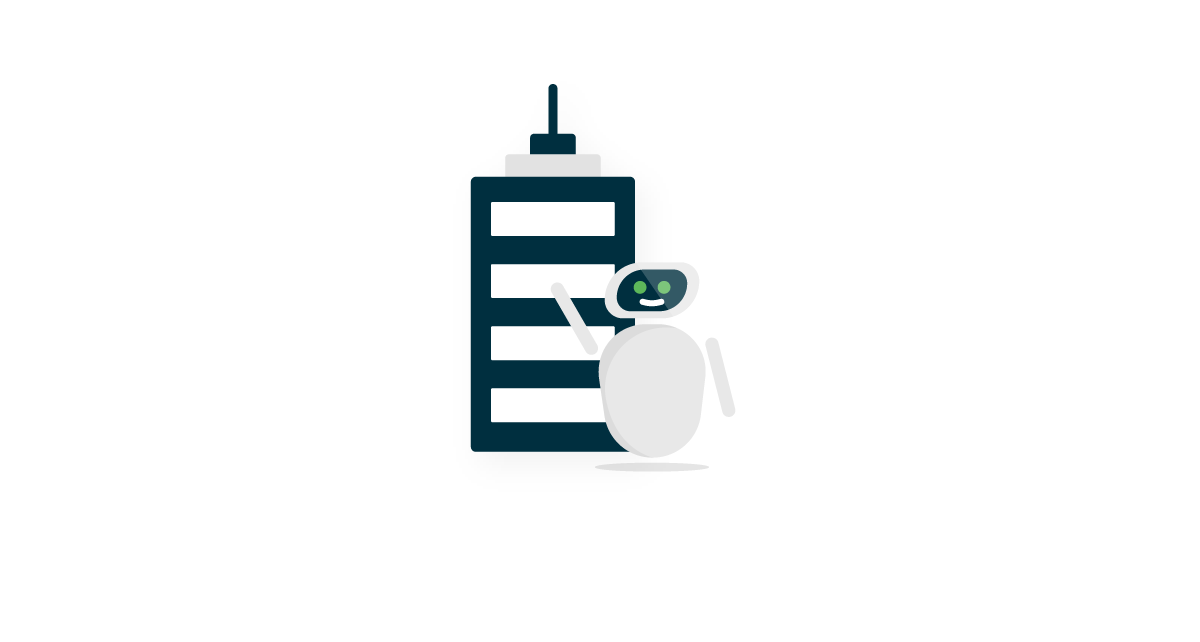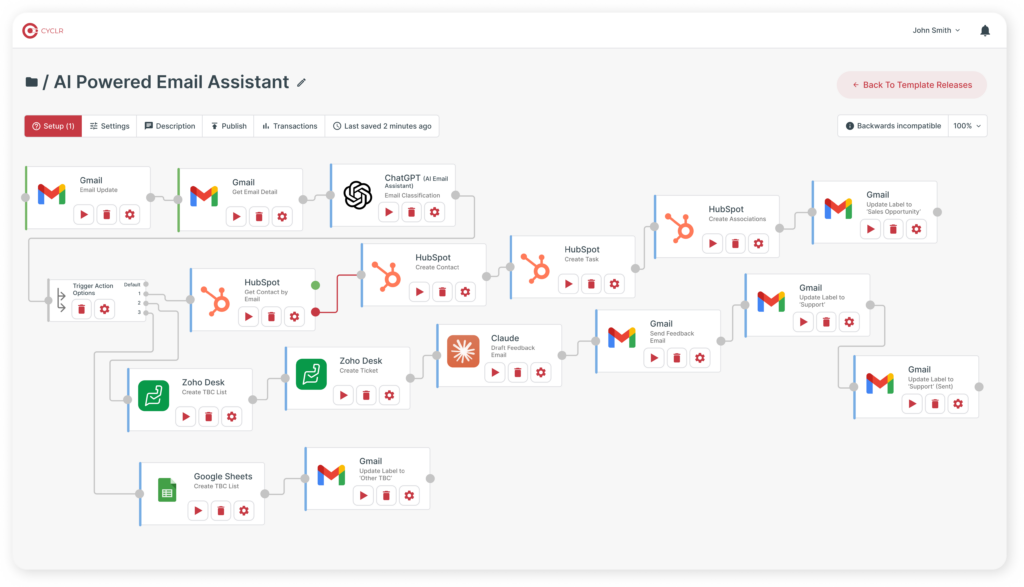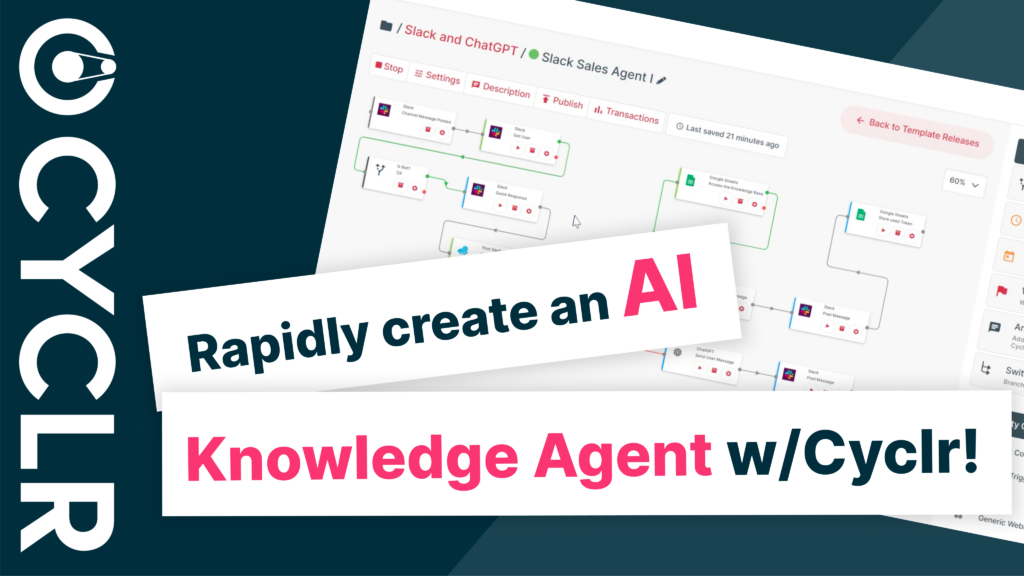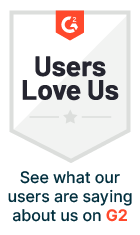
As enterprises look to leverage AI for automation, the limitations of Large Language Models (LLMs) become evident. While LLMs provide powerful text generation capabilities, they primarily rely on publicly available internet data.
For organizations that require domain-specific knowledge and automation capabilities, an AI agent must integrate with enterprise systems and documentation. This is where Retrieval-Augmented Generation (RAG) and embedded iPaaS (Integration Platform as a Service) come into play.
The Limitations of LLMs
LLMs, on their own, do not have access to proprietary or enterprise-specific information. Relying solely on their outputs can result in incomplete, outdated, or irrelevant responses for business applications. To build an effective AI agent, businesses must ensure the model can:
- Retrieve relevant information from internal documents and databases.
- Integrate with multiple systems and applications.
- Execute actions based on AI-generated insights.
Enhancing AI Agents with RAG
RAG is a technique that improves LLM responses by dynamically retrieving information from external sources such as enterprise files, application records, and databases. However, enterprise data is often scattered across multiple systems, making retrieval complex. Without proper indexing and ingestion of diverse data sources, an AI agent will lack the necessary context to generate accurate and actionable outputs.
The Need for Embedded iPaaS for Agentic Actions
While AI models generate responses, they cannot perform tasks independently. To bridge this gap, AI agents need embedded iPaaS, which enables them to take actions autonomously. iPaaS facilitates seamless integration with third-party applications, allowing AI agents to:
- Schedule Meetings (e.g., set up a Google Meet event based on user requests).
- Update CRM Records (e.g., modify or create records in Salesforce.com).
- Ingest and Process Workflows (e.g., trigger automated workflows within enterprise systems).
By embedding iPaaS into AI agents, businesses can move beyond simple LLM-based chatbots and create intelligent systems capable of executing end-to-end workflows.

Challenges and Considerations
Despite the potential benefits, implementing AI agents with RAG and iPaaS comes with several challenges:
- Complex Third-Party API Integrations
- Connecting with multiple external applications requires handling different API standards, authentication methods, and rate limits.
- Data Ingestion and Indexing
- Enterprises must efficiently process and index unstructured data from multiple sources to ensure accurate and fast retrieval.
- Security and Permissions
- AI agents must be designed with strict access controls to prevent unauthorized data exposure and ensure compliance with enterprise security policies.
- Tool and Action Overload
- Agents require a wide array of tools and actions to interact with various platforms, making it necessary to manage integrations effectively.
Conclusion
To build an effective AI agent for enterprise solutions, businesses must go beyond traditional LLM capabilities. By leveraging RAG for knowledge retrieval and embedded iPaaS for automation, companies can create AI agents that are both informative and action-driven.
Addressing the challenges of third-party integration, security, and data management will be crucial in ensuring the successful deployment of AI-powered automation solutions in enterprises.



